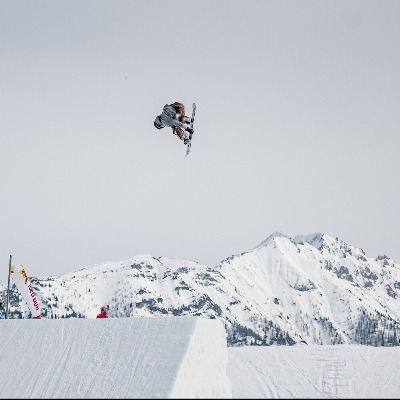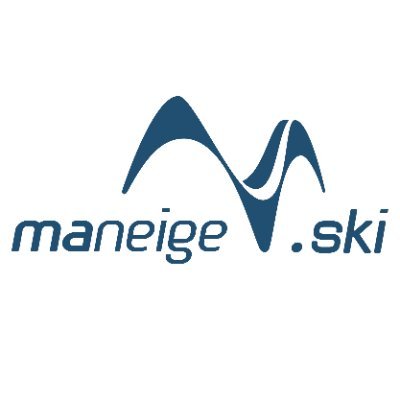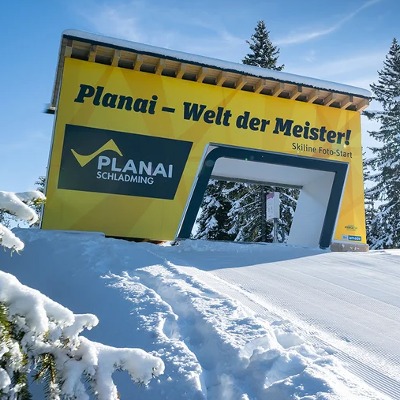Steamboat Proposes Partnership For Innovative Transportation Solutions

How can we provide a world class experience to local skiers and riders, without hitting adding a new tax to Steamboat Springs community members. It’s a question that has been top of mind for leaders from the community and the resort for decades. As the resort wraps up the Full Steam Ahead project improving the base area and on mountain experience it’s time to address transportation in and around the resort.
- The IDEA: Transform the current single passenger, bus and shuttle drop off on Mt. Werner Circle to be a comprehensive Transportation Center connecting the Meadows Parking Lot to the base area with a high-speed 8 to 10 person Gondola. The redesigned Gondola Transit Center will be safer, more pedestrian friendly and meet current and future transportation needs.
- The MONEY: Do this without tapping into City funds or asking Steamboat Springs/Routt County citizens to foot the bill via new collected taxes, in partnership with the City. The resort is working diligently to create a new funding mechanism that, combined with the current URA funds, will support this innovative concept.
1. Metro District: A metro district is a property tax that only applies to specific property and locations in a specific area with funds collected used for a specific end result. SSRC’s Metro District is a self-tax that will only be put on SSRC businesses and land parcels. This means that ONLY SSRC outlets will pay the tax and any future development on land owned by SSRC or sold by SSRC will be responsible for paying the tax in the future. Current non-SSRC businesses in the base area, outlining the mountain, in downtown Steamboat Springs, etc will NOT be a part of the Metro District. Which means current non-SSRC businesses in the base area, outlining the mountain, in downtown Steamboat Springs, etc will NOT pay additional taxes for the proposed Gondola Transit Center Project.
2. URA Funds. Back in 2003 the Urban Renewal Authority (URA) was created to address blight around the mountain area with the goals of spurring public-private partnerships and building a revitalized place for community and guests. URA projects are funded through TIF (tax increment financing) and guided by URAAC (the Urban Renewal Authority Advisory Committee) to meet the goals of the URA. Funds collected through URA are directed by SSRA (Steamboat Springs Redevelopment Authority) which is made up of City Council Members. Let us explain- SSRA is made up of City Council Members, BUT when SSRA is in session the city council members are directing the use of only URA funds, not City funds or functions.
- SHOW ME the Money: If approved by SSRA and City Council, Steamboat Ski Resort will pay $30 million dollars of the Gondola Transit Center Project, via the Metro District, with most of that funding covering the Meadows Parking Lot Improvements and the Gondola connecting Meadows and the base area.
The URAAC will use $20 million of URA funding, if approved by SSRA, to transform the transportation experience on Mt. Werner Circle. Steamboat Ski Resort will reimburse $13 million of the URA funds, via the Metro District collection, so URAAC can reinvest additional funds in future URA projects. And since Steamboat Ski Resort pays into the TIF that feeds URA funds, over the course of the project Steamboat will have contributed an additional $1 million. That means, while URRAC is spending $20 million up front to make the project happen, ultimately the URA will have only spent $6 Million to make the Gondola Transit Center a reality.
- WHY this is cool for the community: This is a perfect example of a collaborative partnership between the City, the resort and URAAC- all working together to protect Steamboat’s heritage while moving forward to address community needs and enhancing the transportation experience. Steamboat Ski Resort has long been dedicated to creating innovative solutions for transportation, a critical need in the Yampa Valley. A long time in the planning, a Gondola from Meadows lot to Steamboat Square will reduce congestion on Mt. Werner Road and Mt. Werner Circle; create a more pedestrian friendly Mt. Werner Circle for better guest engagement at the Steamboat Grand street level businesses and future development; provide a sustainable alternative for traffic; and support future transportation needs. A dedicated transportation center in the Meadows Parking Lot at full build out will include specific drop off zones for kids, groups and guests, better ADA experience, additional parking infrastructure and a more convenient traffic flow.
Using a free gondola as transportation is not a unique concept, it has proven successful in similar mountain communities such as Telluride and Breckenridge, where traffic congestion has greatly been reduced. Breckenridge specifically has as similar model with Gondola access the primary transportation resource from town, eliminating potential pedestrian and car interactions.
- WHAT needs to happen next? On August 22, Steamboat Ski Resort goes before SSRA to seek approval for the Public Improvements Agreement (PIA), which outlines the project funding strategy for $30 million collected via a resort self-tax and the reimbursement of $13 million to URAAC. Once the PIA is approved by SSRA, the City Council will convene (also on August 22) and the resort will seek approval of the PIA and Metro District Service Plan. If/when these two plans are approved, the next step is another meeting where SSRA allocates $20 million of URA funds for the Gondola Transit Center with a future $13 million reimbursement from SSRC; and the Metro District being put on the November Ballot for impacted businesses (SSRC) to vote.
City staff and representatives from the ski area and Alterra have been meeting regularly over the last six months to negotiate the agreement and create a plan for the design, construction and on-going operations of the GTC and Meadows gondola. If/when the PIA and Metro District are approved, the resort, URAAC and the City can move forward on the design of the Gondola Transit Center, gondola, and Meadows lot and opportunities for community education and input beginning early fall 2023. This timeline sets the foundations for construction work to potentially being 2026.













